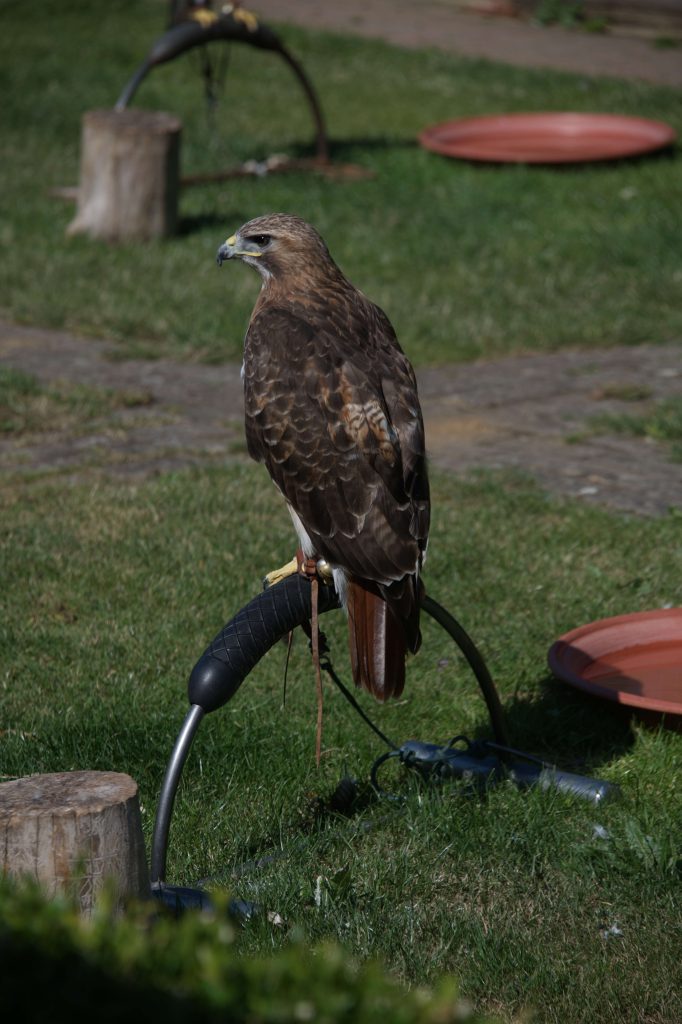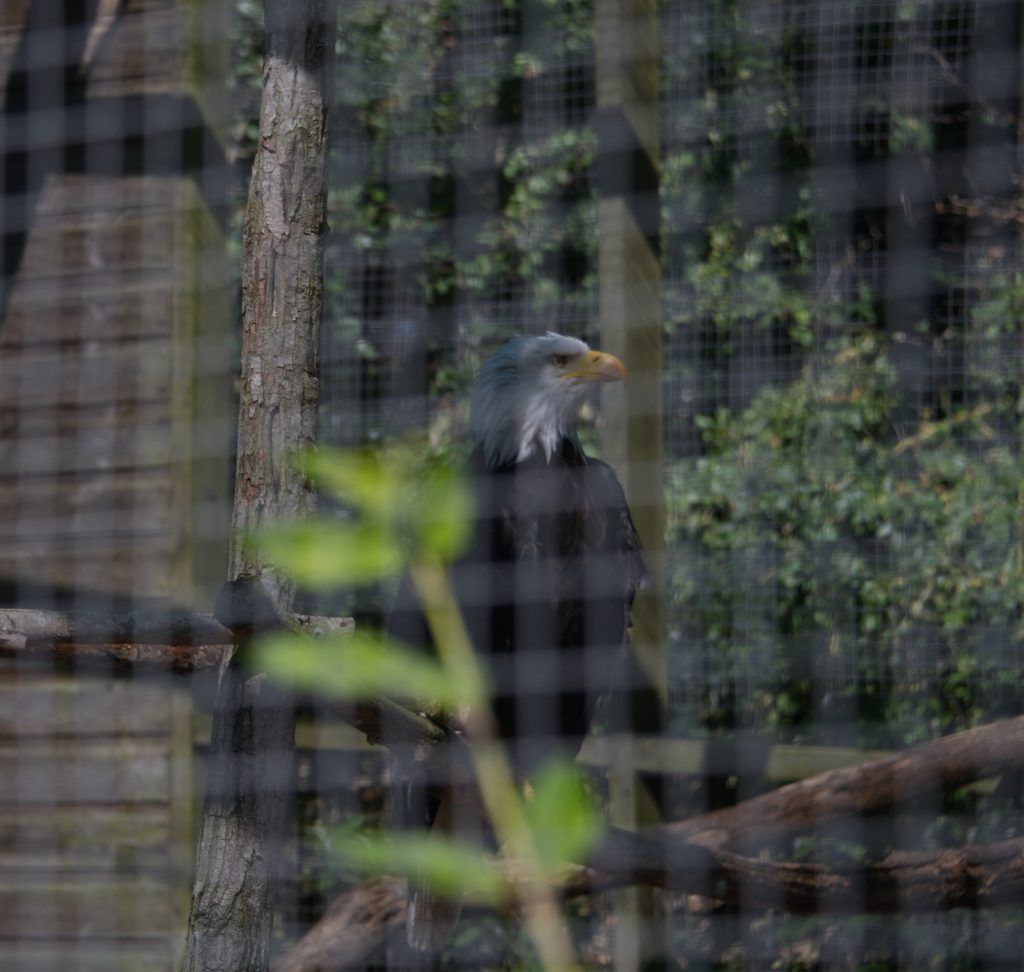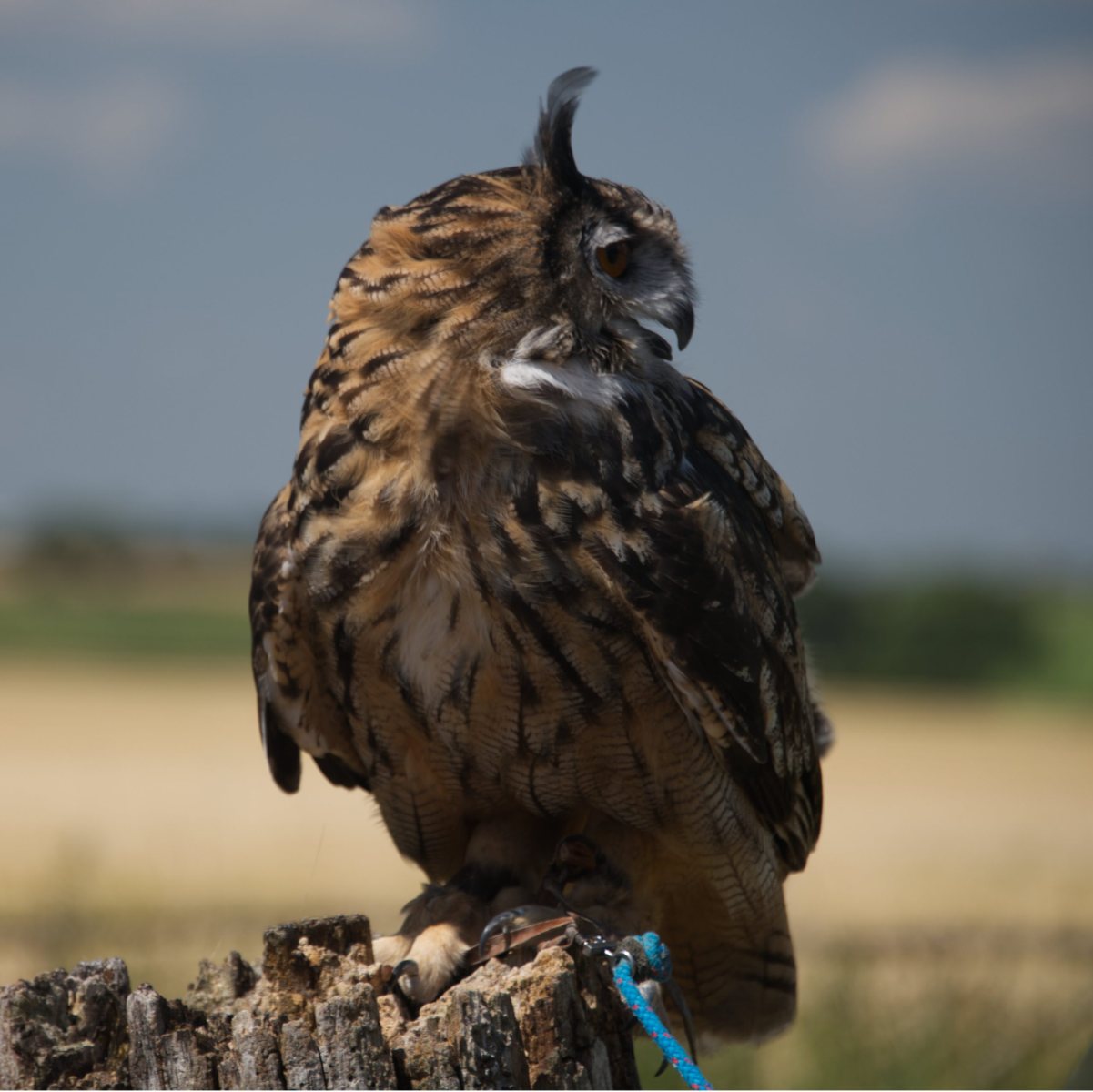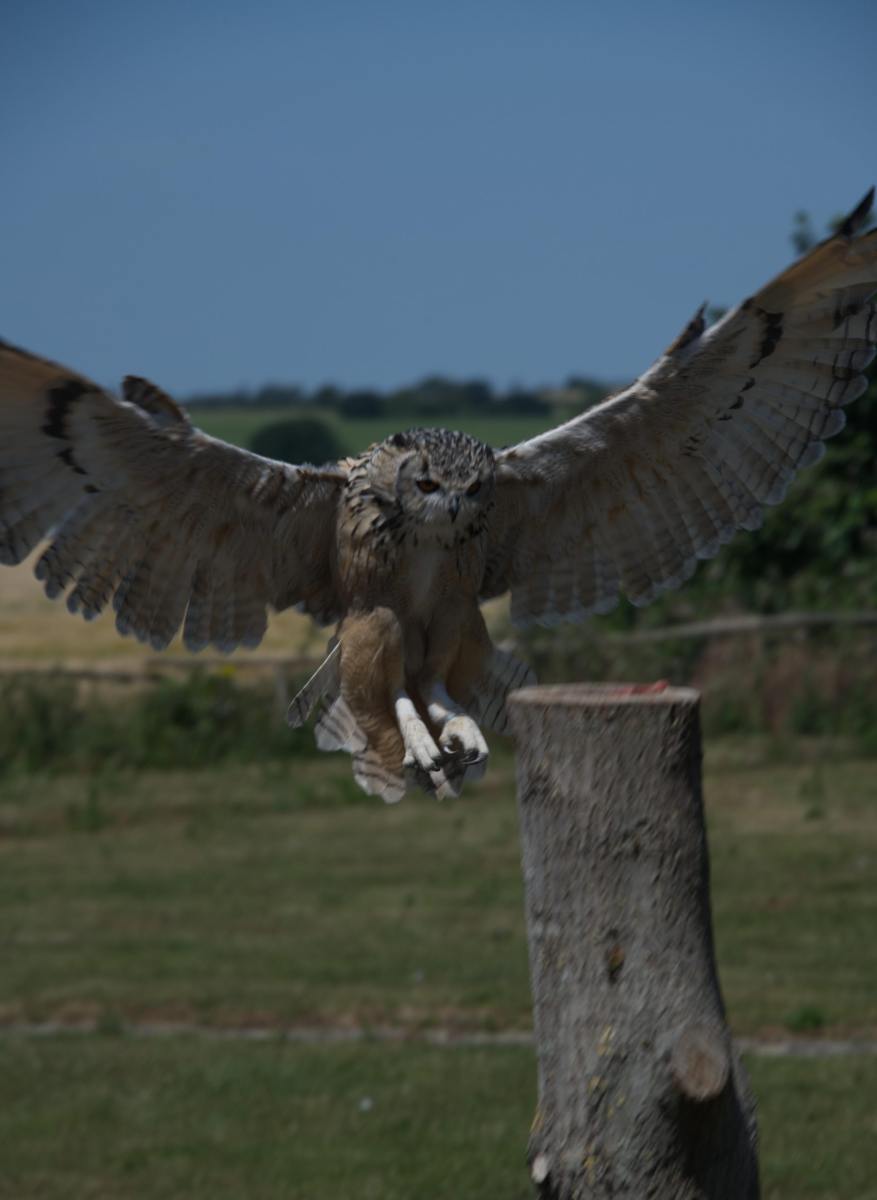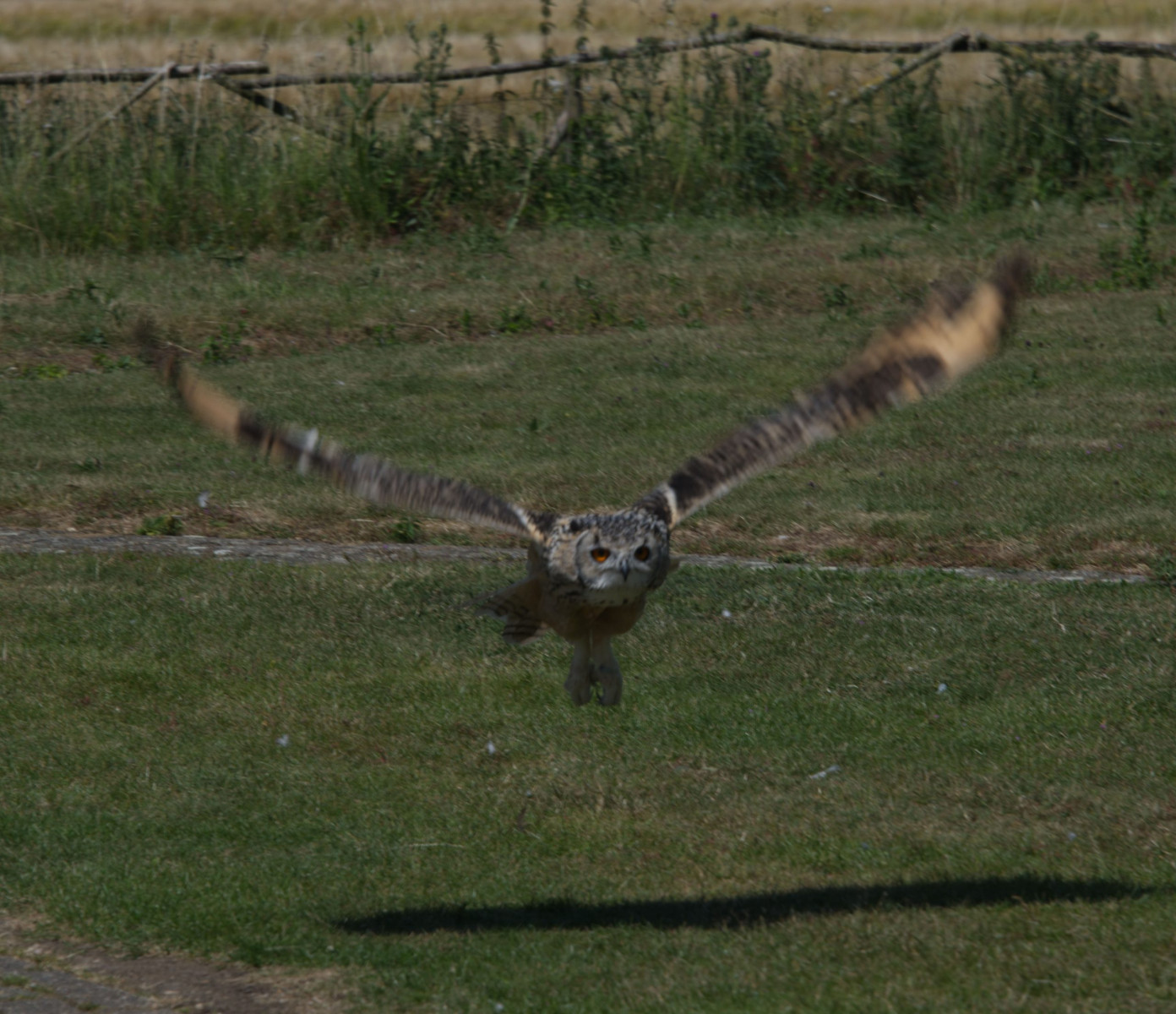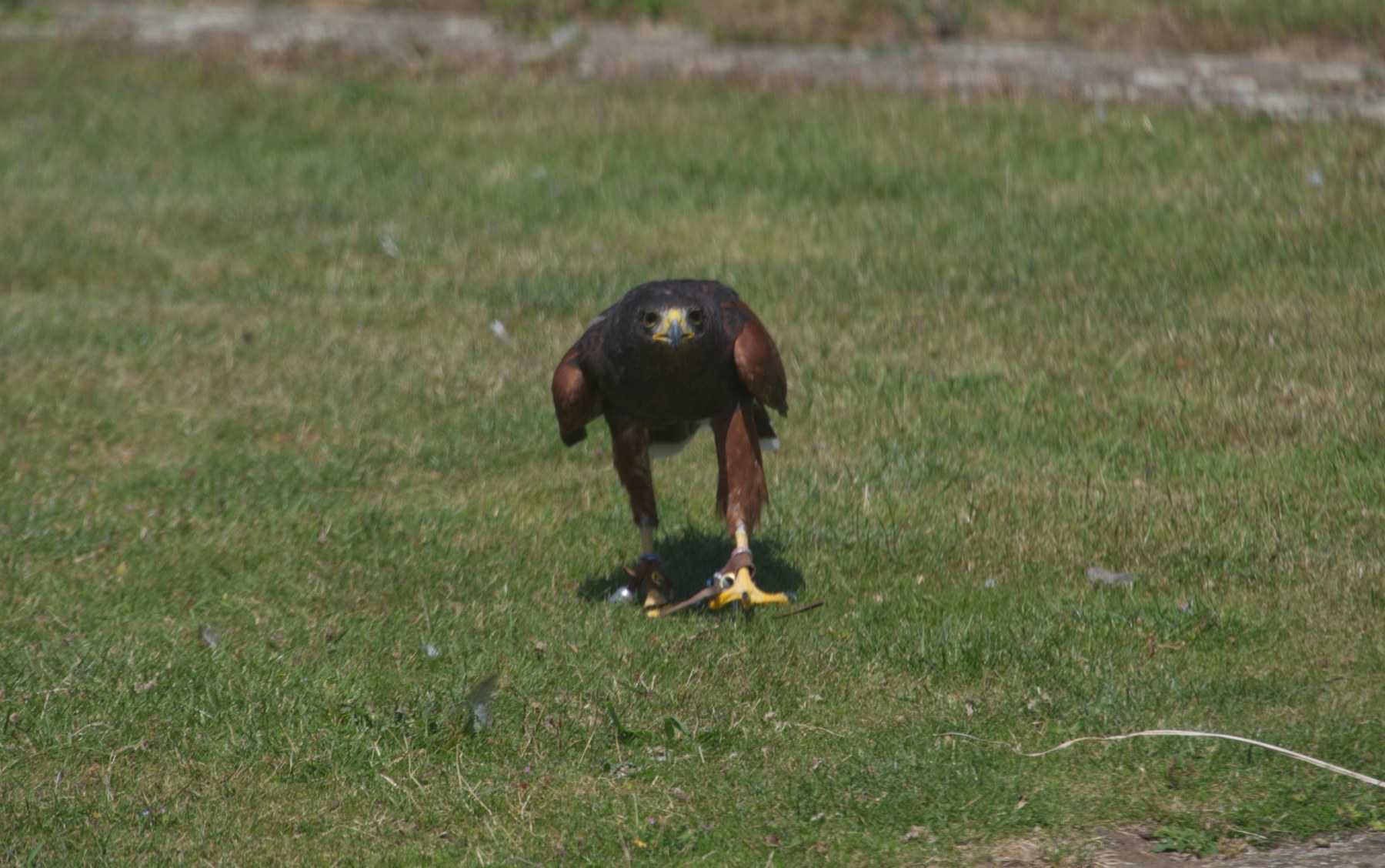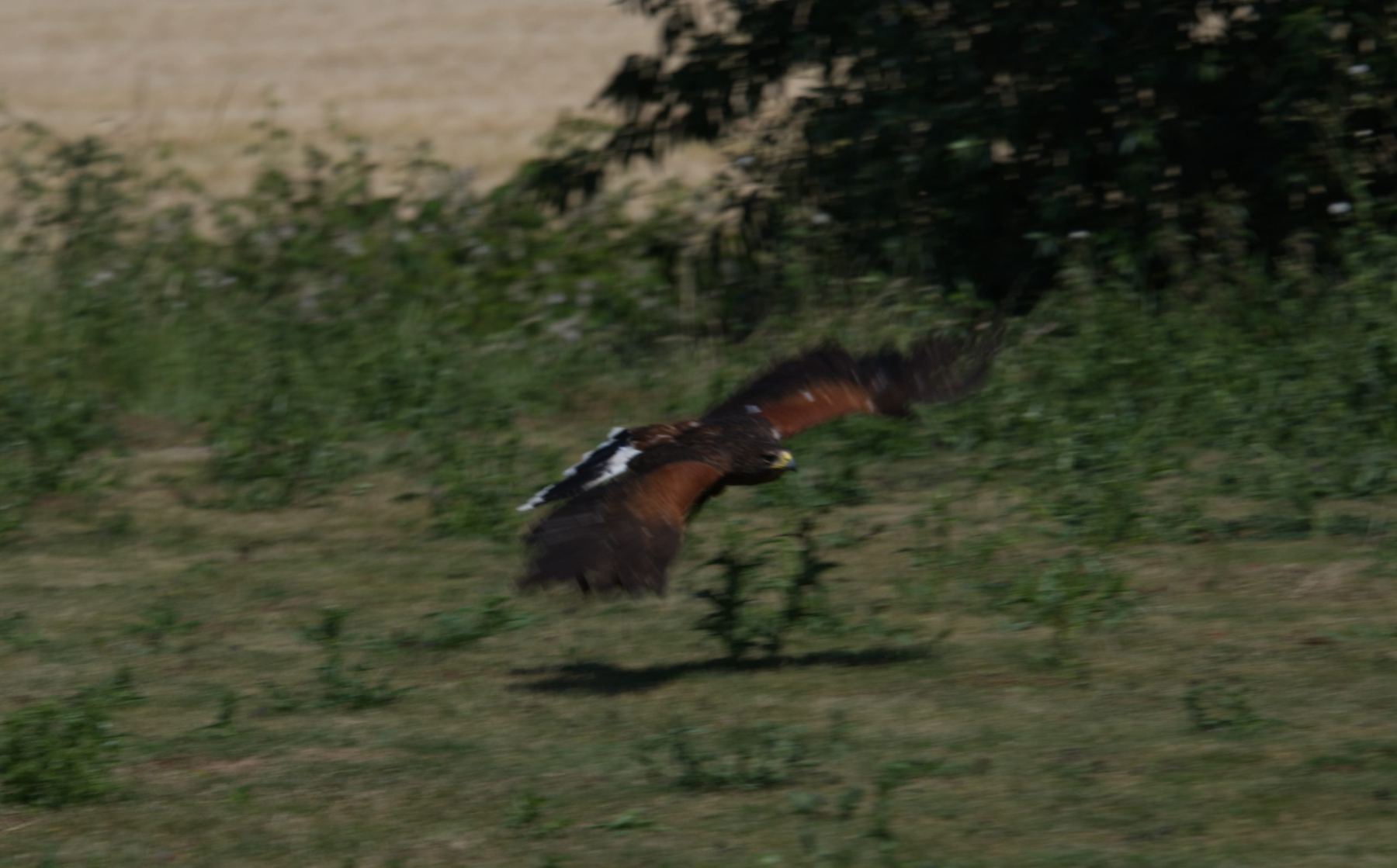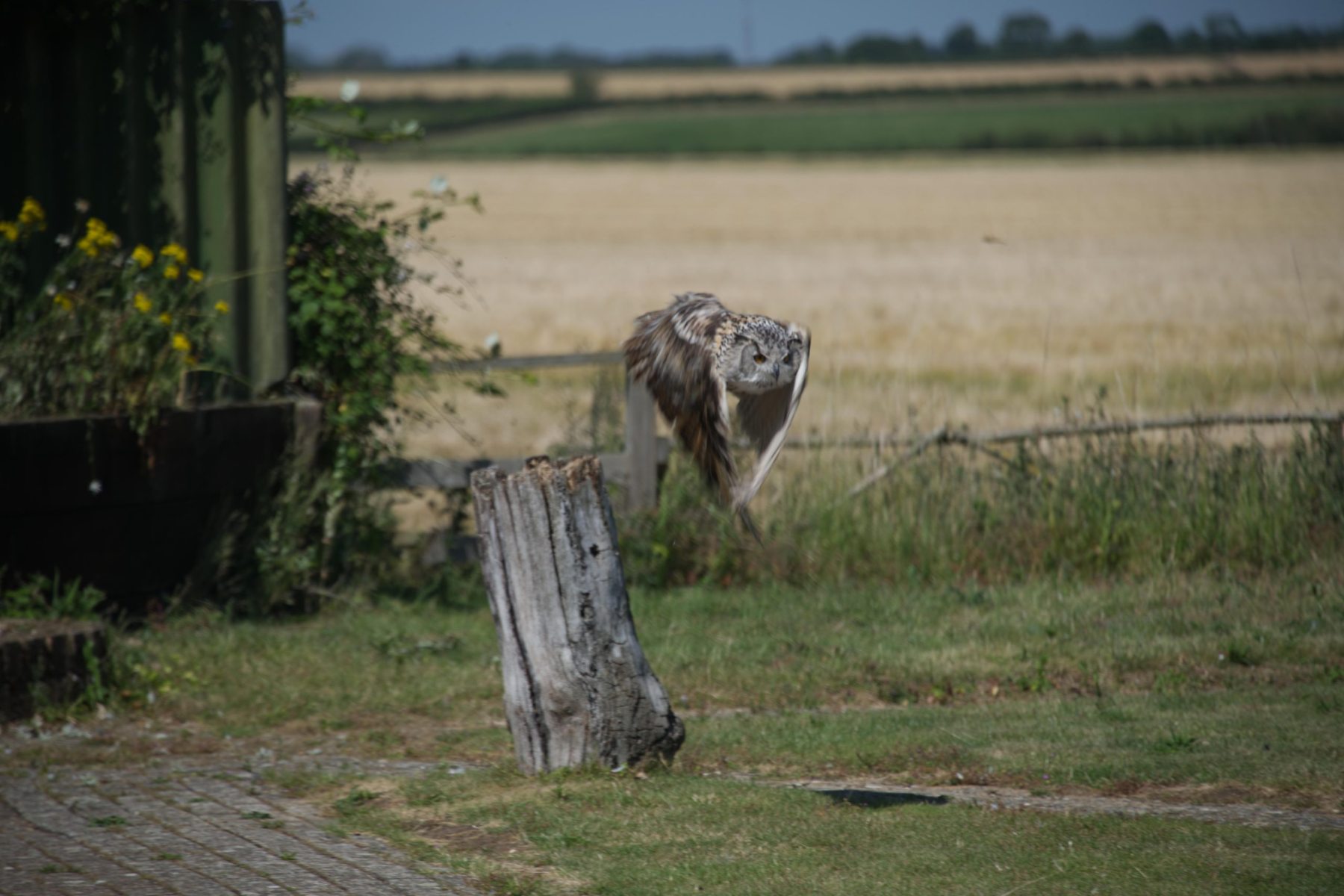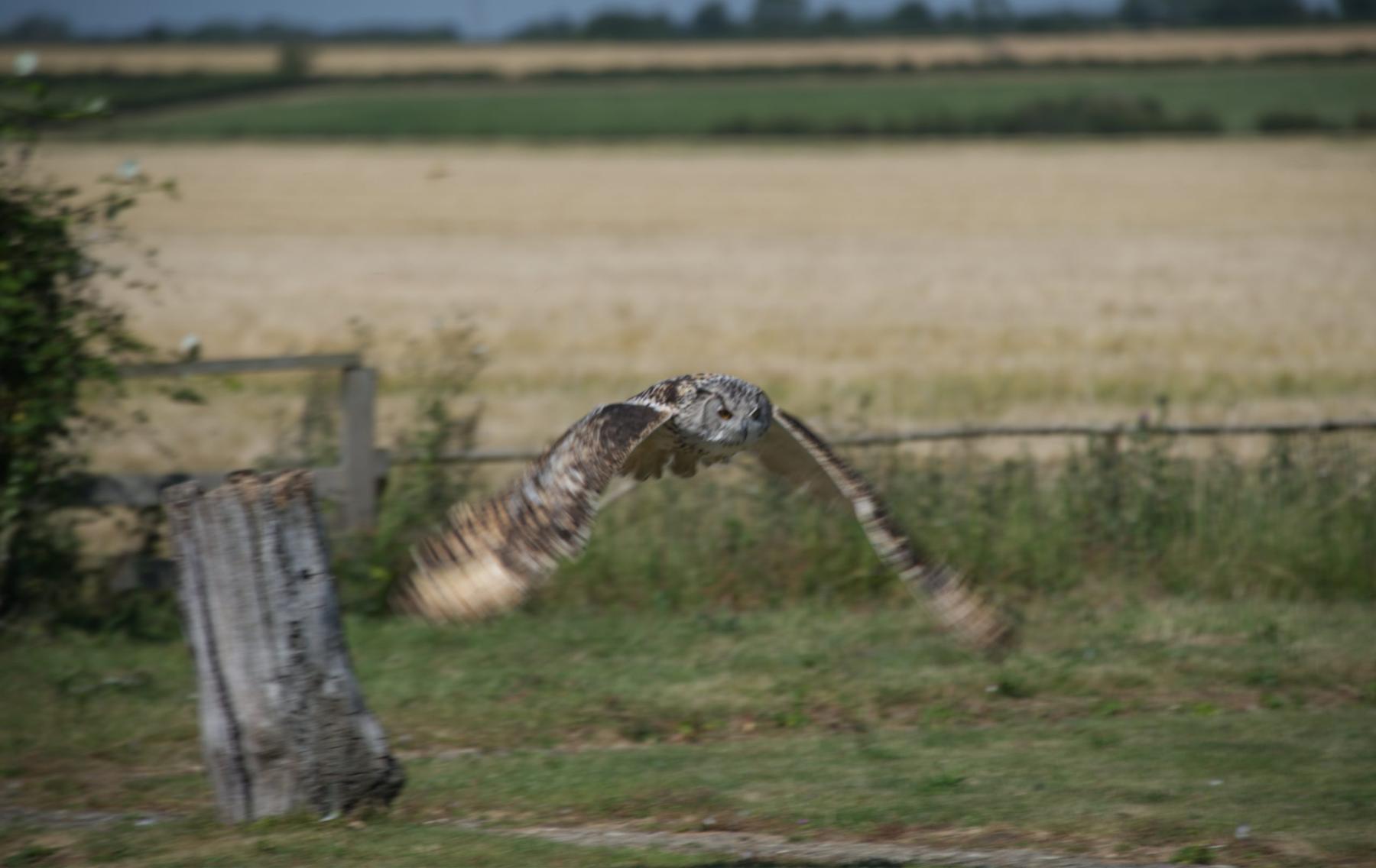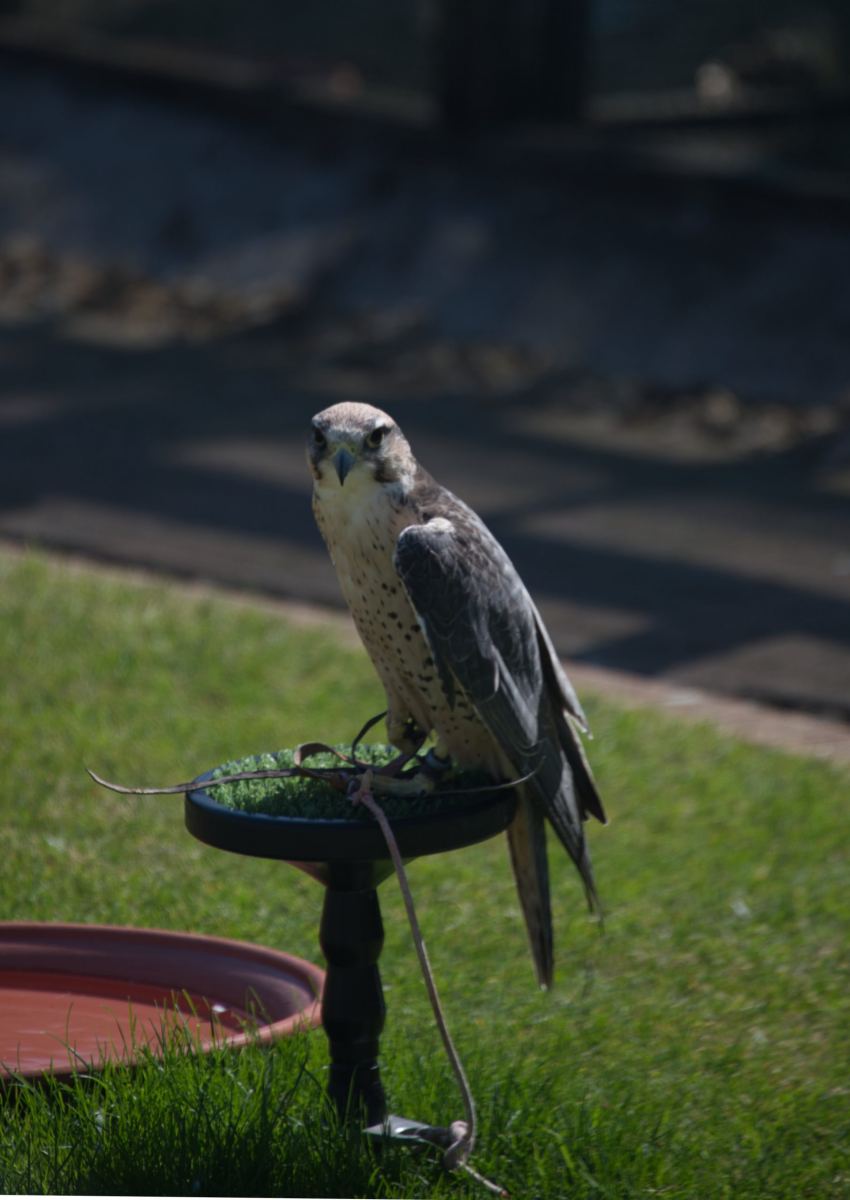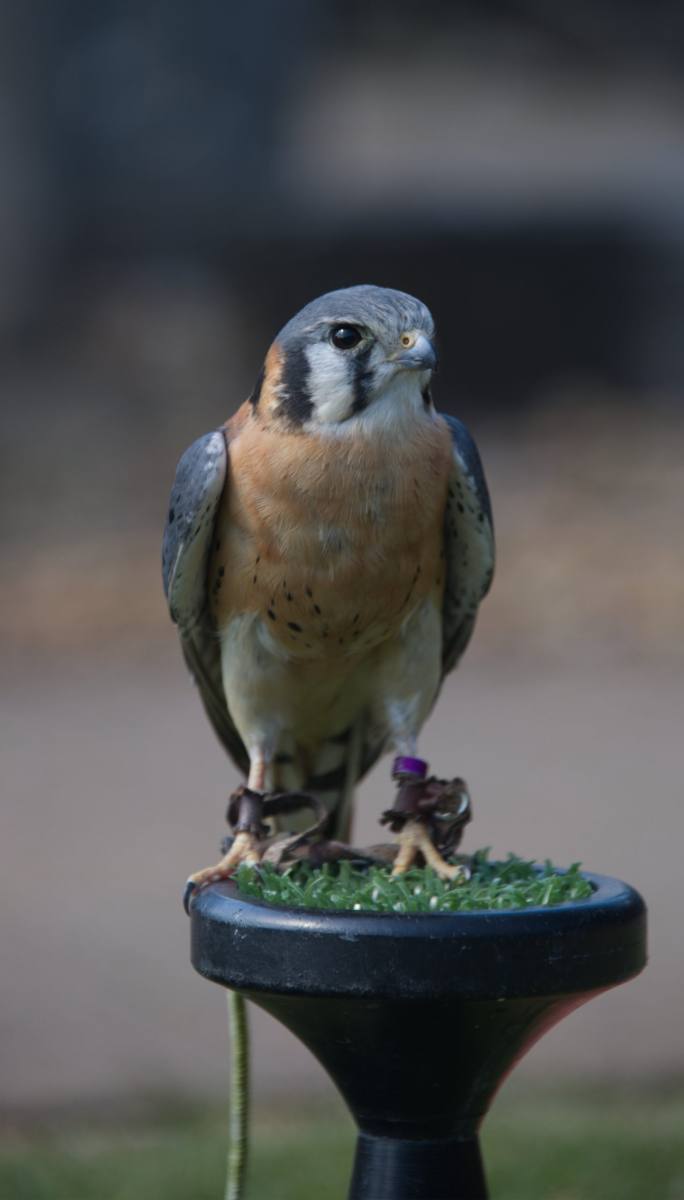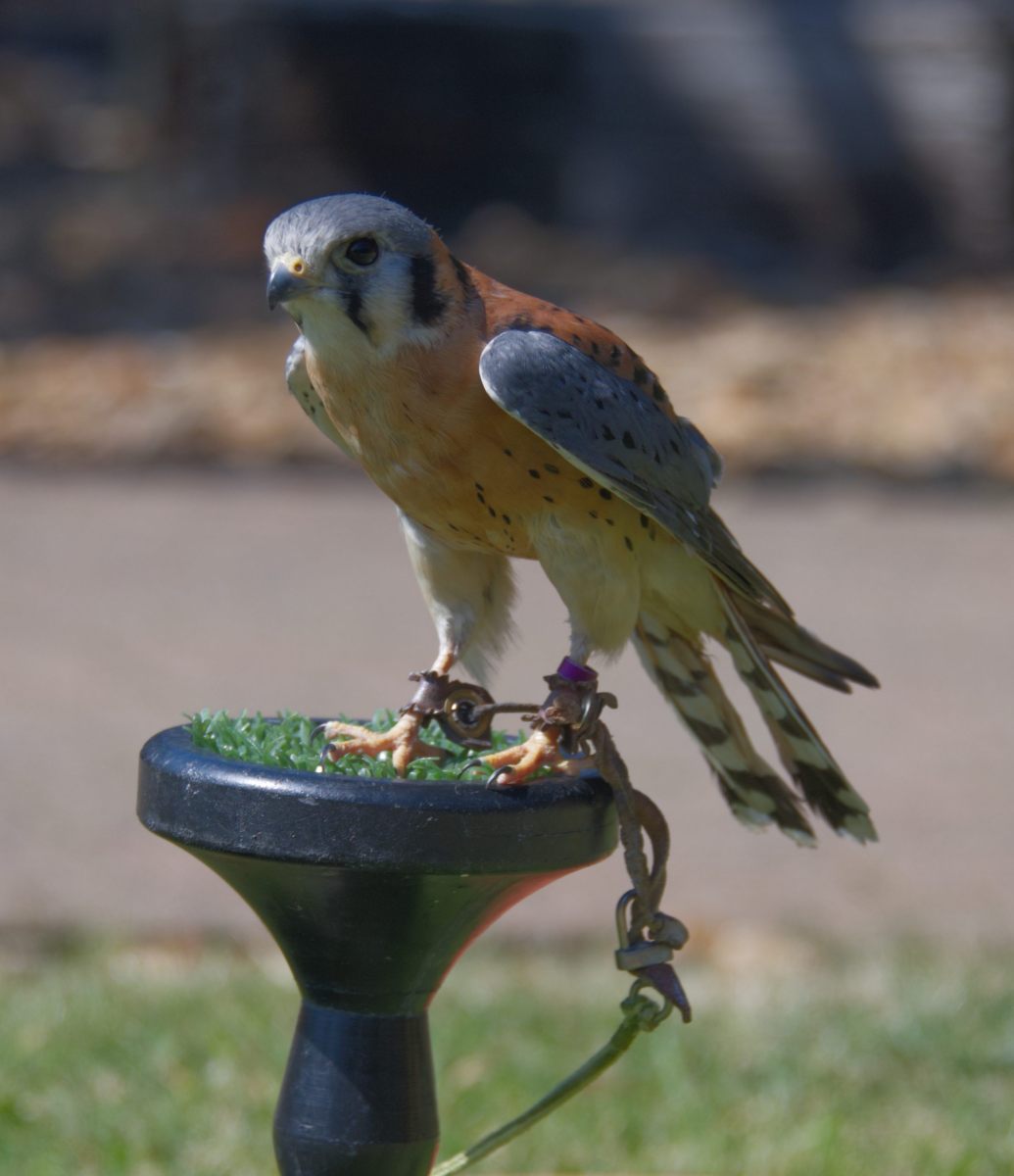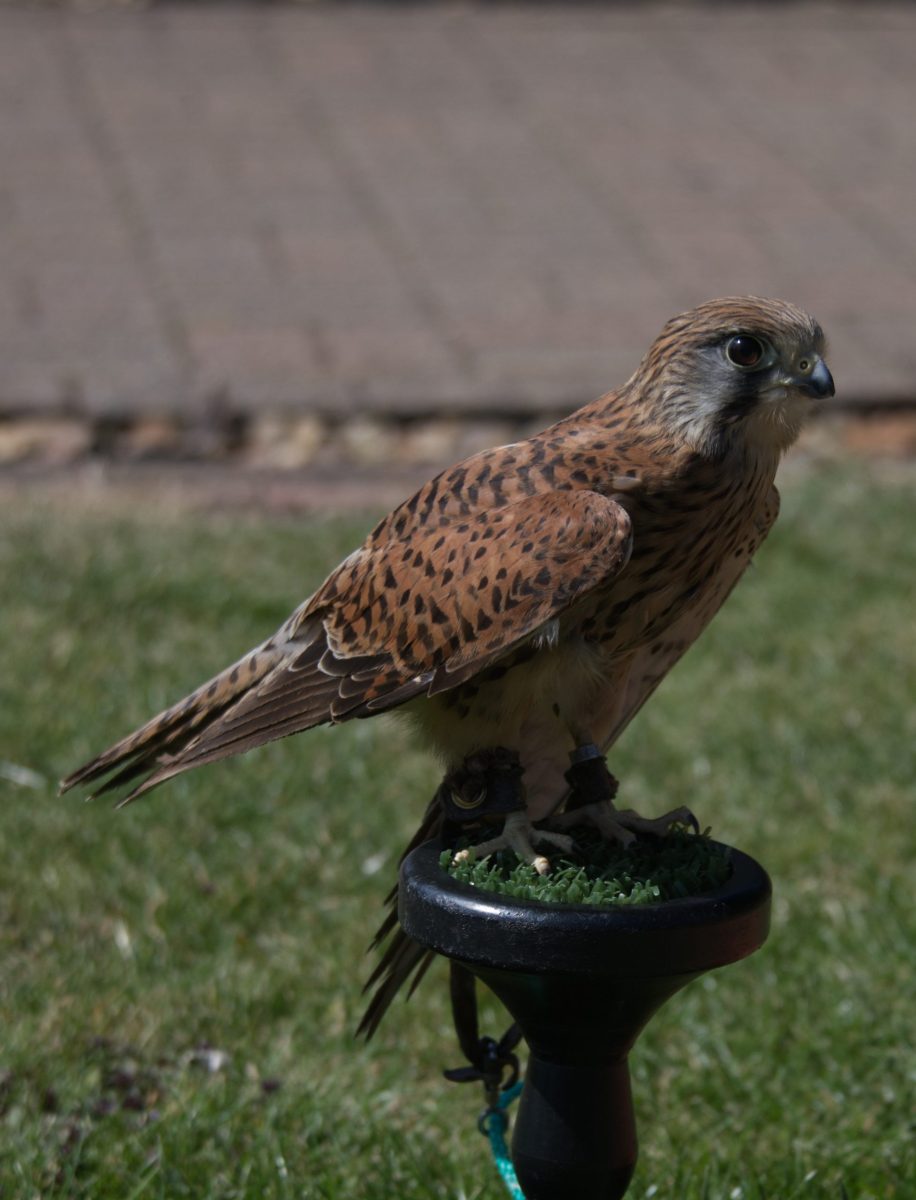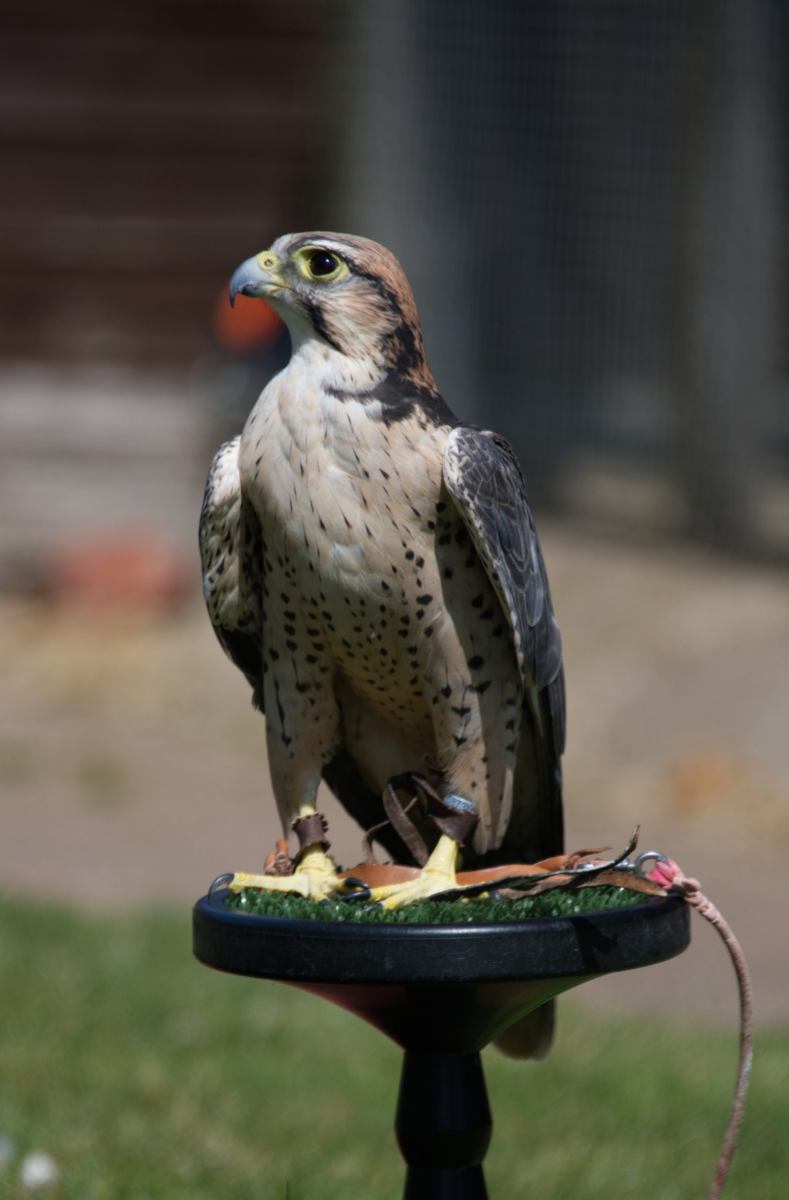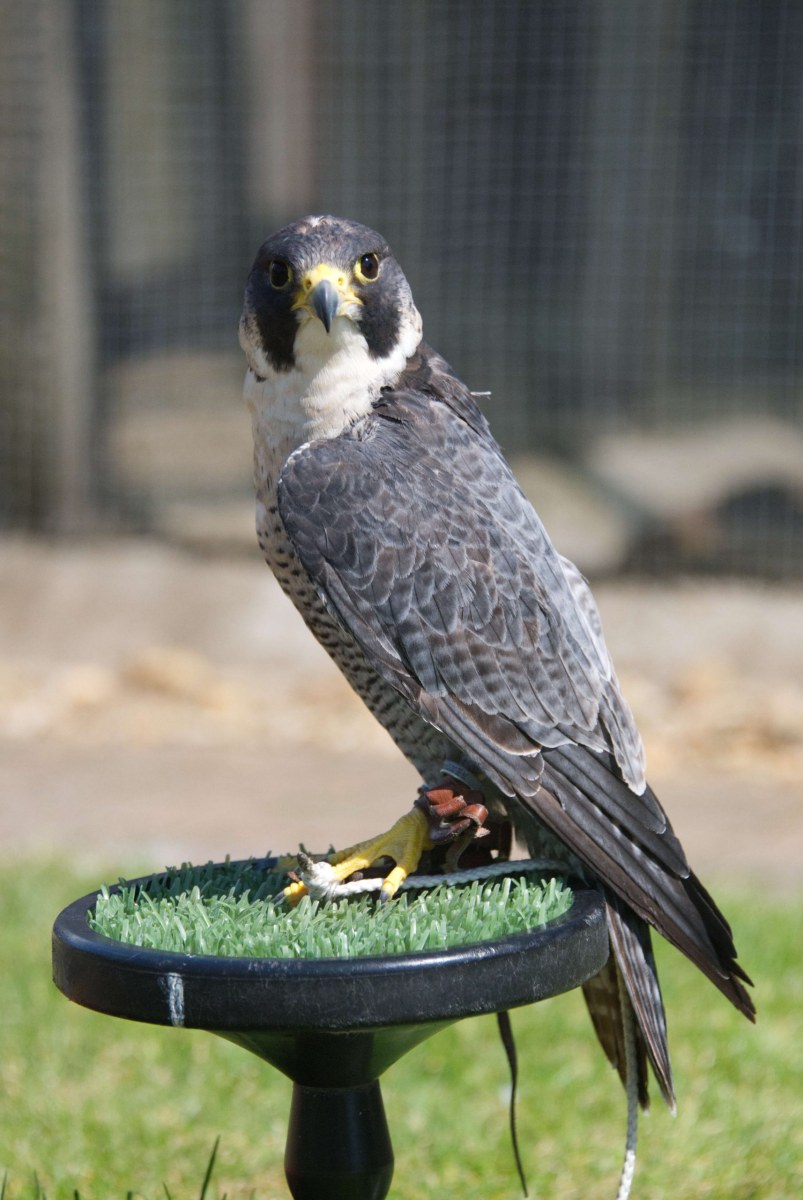Introduction
Late spring 2023 I was lucky enough to be presented with a gift of a photography day at the Raptor Foundation in Cambridgeshire. And before we talk about the photo session, let me just say that a visit to the Raptor Foundation is an absolutely fabulous day out for all ages. They have Owls, Hawks, Kestrels, Buzzards, Falcons, Eagles and then some. You can get up close to the birds and even pet them. Indeed, to a limited extent, the keepers want you to interact with the birds, so that they get used to human contact and that that is the norm.
The flying displays are magnificent, and if you have never seen and Owl walking and running – it is just brilliant.
In addition there are Mercats and a Reptile house, a childrens play area, small resturant, and even accommodation – if you fancy staying there. Their web-site is here
The photography day is a whole day experience. It starts at 10:00 and finishes at 16:00, with lunch provided, and free water/tea/coffee throughout the day. In the morning the handlers bring along various Owls and Falcons and teather them at various locations such as branches, upturned carts, in the knoll of a tree, etc. And if it sounds cruel – the birds being teathered – it isn’t in the slightest. They are so used to it they almost pose for the photos.
Here are some from that initial session.
Potrait Session
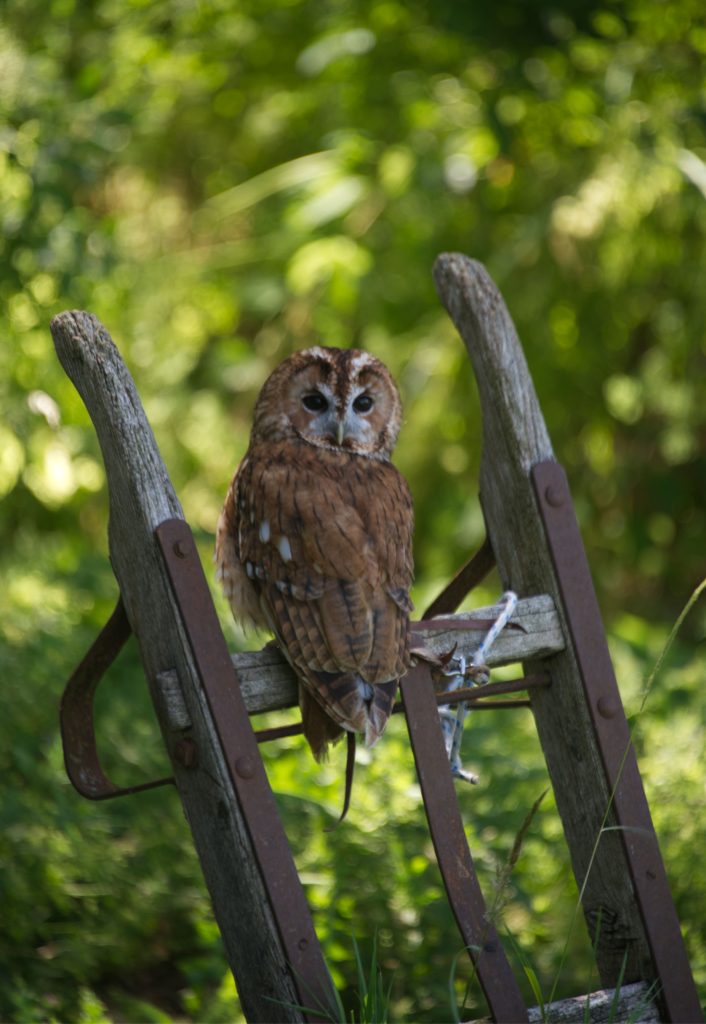

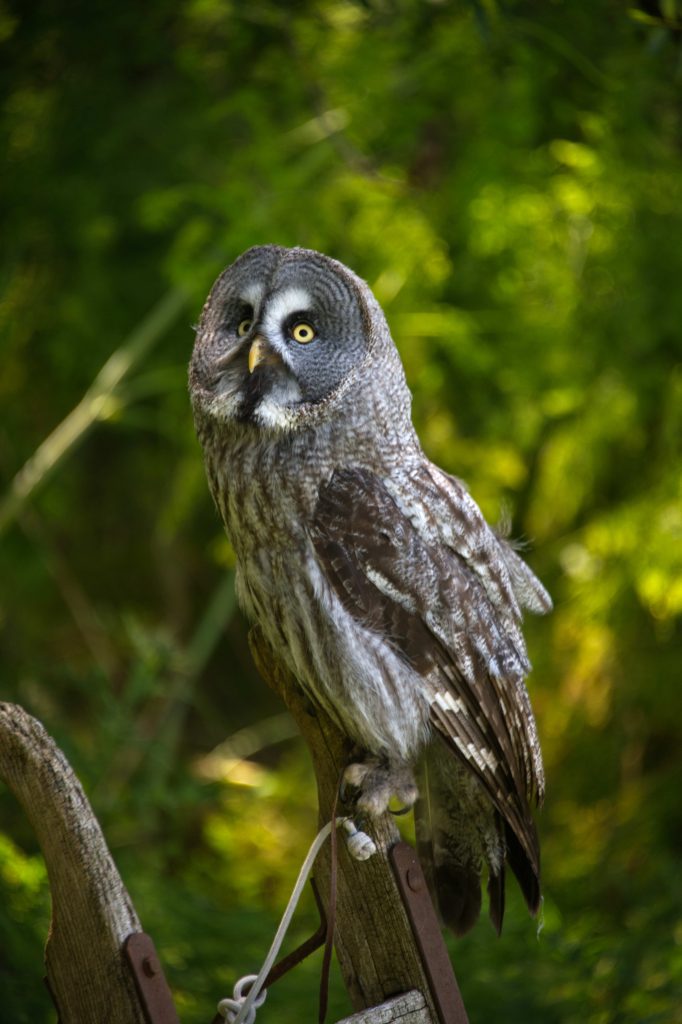

Flying Display
Following lunch we were then presented with a flying display. The display comprises of maybe half a dozen sessions, with each session showing off either a single bird on their own or a pair. The first one out that day was a Short Eared Owl, followed by a Harris Hawk. We then had a pair of Kestrels, and then an attempt at a pair of Long Eared Owls, only one of the pair was not playing ball. So the partner, who had initially flown out on her own to the display area, flew back half way and sat there calling for her partner. When the partner still didn’t appear, the female flew back to their cage.
One thing to note about that exchange, is that in the Raptor world, the females are the bigger, more inteligent of the species. The males are usually there for reproduction, and, in the case of raptors, to sometimes act as a diversion whilst the females attack and kill.
Later on the handlers brought out a Lanner Falcon. It was a rather warm afternoon and she really was not up to giving a display. However we know that she was thinking about it, as a one point she went through her pre-flight checks. First she checks her claws – one, two – so both there. The she opens her wings slightly , just flexes them really, and finally she has a poo to lessen the weight. – so we had a presentation of her pre-flight check routine, but no flight.
The handlers also told us about owls and how unwise they actually are. We, may think the look inteligent, predominantly because their eyes are forward looking, but in fact they have the smallest brain size to body size ratio of any bird. That said, the Long Eared Owl has an interesting little game it will play to attract its prefered source of prey. It will flap one wing on the ground and walk round in a cirlce as if in distress. Then, when another bird of prey comes to attack it, thinking that it is in difficulty, the owl will attack it, peck its eyes out, and kill it. Not to eat it though, but for the carcase to act as bait for the rodents that the owl feeds on. Perhaps not so stupid after all.
These flying displays are incredibly difficuclt to photograph – at least I found it incredibly taxing. You are so close to the birds flying (we are told to be wary of the birds flying directly overhead as they can hit you – and it was close once or twice) and the birds travel so fast, capturing a bird in flight in focus, with a very fast shutter speed (and hence small depth of field) really was pot luck.
The best shots were immediately after takeoff, because for these you could anticpate where the bird would be, and point the camera there ahead of time already focused. Even so you had to react quickly to get anything approaching a good shot.
Anyway here are a selction from the flying display
Falcon Enclosure
The last session was based in the Falcon enclosure. Here you are able to get up very close to the birds, and even with the handlers permission stroke them – always aware of their very sharp beaks and claws. One of the falcons in the enclosure is a Peregrin, which in case you do not know, is the fastest animal on the planet. It will dive at speeds up to 250 mph. And at these speeds it’s eyes are wide open – think how well protected those eyes must be to take that pressure of air, not to mention surviving any encounters with dust, flies, etc. A very impressive bird.
Everything Else
And here we have everything else.
